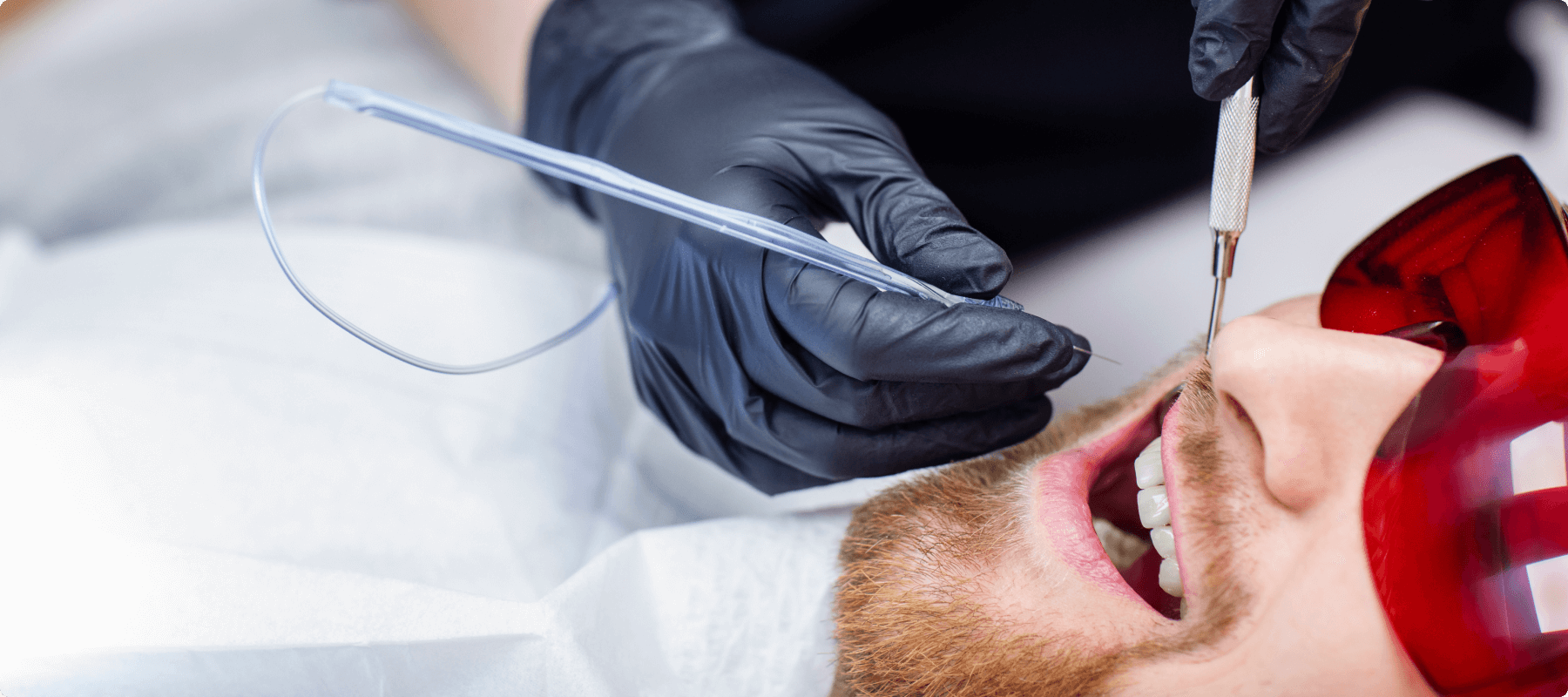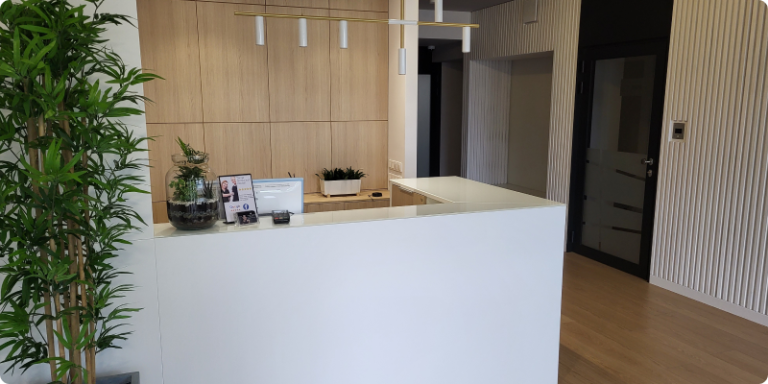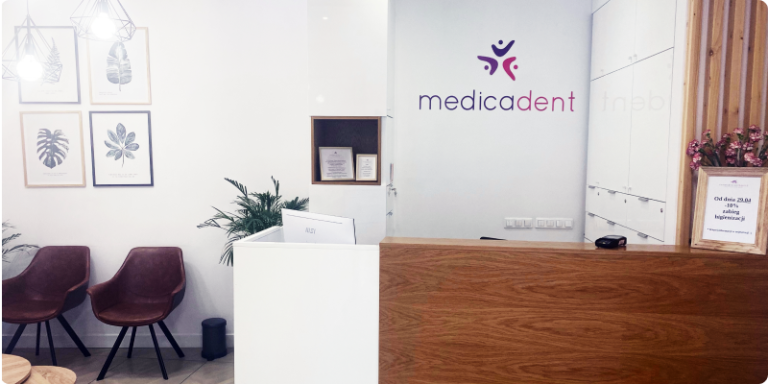Most people are afraid of dental visits and try to avoid them at all costs. The prospect of experiencing pain during treatment effectively discourages us from regular dental check-ups. However, in this era of advanced technology, it is possible to undergo virtually painless treatment! Even the least invasive procedures can now be performed under anesthesia, which minimizes discomfort for both adults and children.
At Medicadent Clinic, we employ methods that allow for diagnostics, prevention, and treatment of dental diseases and malformations without unnecessary suffering. In our practice, we utilize computerized local anesthesia systems like The Wand, which eliminates pain. Additionally, inhalation sedation introduces the patient to a state of general relaxation, minimizing discomfort associated with the procedure. A visit to the dentist does not have to be associated with suffering!
Computerized anesthesia systems: The Wand and Sleeper One
Computerized anesthesia has eliminated syringes from dental offices, making the administration of anesthesia a gentle and comfortable procedure for the patient. The computer-controlled Wand and Sleeper One manage all parameters that affect the comfort and effectiveness of anesthesia delivery. The anesthetic agent is administered at a “physiological speed,” allowing the tissues to gradually absorb the fluid without creating pressure. This eliminates the unpleasant sensation of expansion often associated with traditional anesthesia.
The specialized applicator tips bear no resemblance to syringes, reducing the patient’s stress levels.
Inhalation sedation
Inhalation sedation, also known as nitrous oxide sedation, is primarily used for children but can also be utilized for adults.
Each of us experiences pain differently. The fear acquired in childhood regarding dental visits can accompany a patient throughout their entire life. Therefore, it is worth considering the use of appropriate anesthesia to avoid subjecting the youngest patients to unnecessary stress.
Inhalation sedation with nitrous oxide is one of the safest methods for calming individuals who suffer from a paralyzing fear of the dentist. The administration of nitrous oxide before the procedure makes the patient feel relaxed and calm in approximately 30 seconds. Administered through oxygen masks, the gas takes effect immediately, and most importantly, leaves no trace in the body after its use.
Inhalation sedation, or as it is otherwise known, nitrous oxide sedation, eliminates pain and the feeling of fear. With the observance of appropriate precautions, it is safe. It induces a state of relaxation in the patient, allowing them to recall their visit to the dentist in a cheerful manner.
Inhalation sedation can be applied to children over the age of 3 and also to adults who wish to feel more comfortable during dental treatment.
General anesthesia
The safety and comfort of our patients is our priority, which is why we are pleased to share the information about the possibility of conducting various dental procedures under general anesthesia, which constitutes a significant part of our offer to patients.
A procedure under general anesthesia is conducted by an experienced anesthesiologist at a hospital in Poznan. All dental procedures under anesthesia are performed by our specialist dentist, supported by a qualified assistant.
- What dental procedures are performed under general anesthesia?
Starting from caries treatment, through endodontics, prosthodontics, surgery, implantology, or periodontology. The most popular procedures carried out in this form include tooth extraction, implantation, root canal treatment, and caries treatment. The use of anesthesia during tooth removal proves invaluable, especially when dealing with problematic wisdom teeth with an unusual position, or in situations where more than one tooth needs to be removed at the same time.
- Who can sign up for treatment under general anesthesia?
Treatment under anesthesia is possible for almost every patient, provided that no contraindications have been found.
This procedure is a solution for patients with strong dentophobia, which makes it impossible to carry out treatment in the office, and the attempt to treat under inhalation sedation (using “laughing gas”) also did not yield results.
Dental treatment under anesthesia is not only reserved for adults. This type of treatment is also dedicated to our youngest patients, for whom a visit to the dentist can be a source of stress and anxiety. It is particularly beneficial when it is necessary to treat a large number of cavities at once, which can threaten the child’s health. Anesthesia allows the procedure to be carried out in a comfortable and stress-free manner for the child.
- How to sign up for dental treatment under general anesthesia?
The first step is a visit to our office. The dentist, after conducting an examination, qualifies the patient for the procedure, presents the treatment plan, and a list of necessary tests to be performed before general anesthesia.





